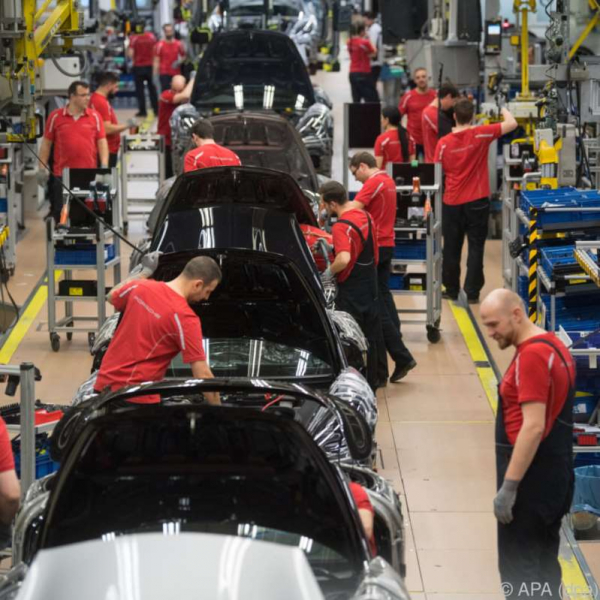
In Austria, too, ancillary wage costs rose sharply in the third quarter of 2020
The labor factor has also become significantly more expensive in Germany due to the consequences of the pandemic. The cost of the hour worked rose last year by 3.4 percent and thus more than ever since the start of the time series in 1996, as the Federal Statistical Office reported on Thursday. The Corona crisis also contributed to this because, with the exception of the third quarter, many working hours were lost, but part of the costs remained.
In the final quarter, labor costs in Germany were 3.5 percent higher than a year earlier. The fourth quarter alone brought a significant increase; in the third quarter labor costs in Germany were only 1.9 percent higher than a year earlier. Comparative figures for Austria and the EU as a whole are also available for the third quarter. Accordingly, total labor costs in Austria rose by 1.5 percent year-on-year in the third quarter of 2020, with wages only increasing by 0.5 percent and ancillary costs by 4.5 percent. In the EU as a whole, labor costs rose 1.6 percent in the third quarter. In the euro area, the cost was 1.4 percent higher.
The labor costs are composed of the gross earnings of the employees and the ancillary wage costs. The EU comparison, which is only available up to the third quarter of 2020, does not take into account the public service and the health sector.

